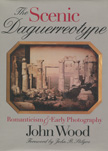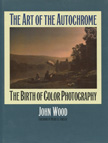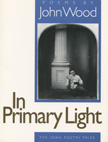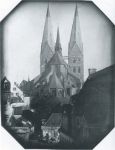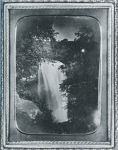The Scenic Daguerreotype
“The book's strength lies elsewhere in Wood's energetic and passionate arguments for scenic daguerreotypes as accomplished works of art…Because most daguerreotypes were portraits, the landscapes' artistic quality has been little noted. Wood corrects that situation in an important contribution …to the literature on this quintessential hybrid of art and science.”—Booklist
“Strongly recommended for general and photographic history collections.”—Library Journal
“His [Wood's] lucid and evocative text evokes the world of scientists, amateurs and small-time businessmen who first produced these minutely detailed images. Wood is a poet as well as a scholar of photography, and draws on many sources to suggest how early photography was shaped by the Romantic movement's vision of nature and the picturesque…For those with an interest in the ways that literature and photography play out in the history of ideas, Wood's book is essential.”—New Orleans Times Picayune
“This is a well-written, well-documented, knowledgeable discussion of the daguerreotype's relationship to the Romantic movement in painting and the arts.”—Choice
Too often, photographic historians have given credit to the calotype for establishing our sense and standard of the photographic, when in reality it was the daguerreotype that first taught us how to see photographically, taking us beyond portraiture to a standard for scenic images that is still with us today. The exact but elegant rendering of the human face was what made the daguerreotype so famous, but it was also capable of rendering buildings, mountains, and whole cities with a similar exactitude and elegance.
Here is the first study of scenic daguerreotypes from around the world and the largest assemblage of them ever to be presented in book form. In his perceptive text, John Wood argues that our modern camera eye may well be romanticism's most enduring gift. Contending that L.J.M. Daguerre was at the forefront of the romantic revolution, Wood discusses Daguerre's work in the context of John Constable, J.M.W. Turner, and Casper David Friedrich. He also draws parallels between early landscape photography, the poetry of William Wordsworth, and William Gilpin's notions of the picturesque, which influenced both travel and the way nineteenth-century men and women began to view the landscape around them.
Wood's selection of more than a hundred images presents the best surviving examples of the scenic daguerreotype. They include views of the Acropolis, Egypt, and China, of mountains and Alpine scenery, of Pompeii, Venice, and the temples of Rome, of the California Gold Rush and other American scenes, plus daguerreotypes from Germany, Switzerland, Sweden, Martinique, and Brazil. The luminous images in The Scenic Daguerreotype lead us backward into romantic reenactment.


